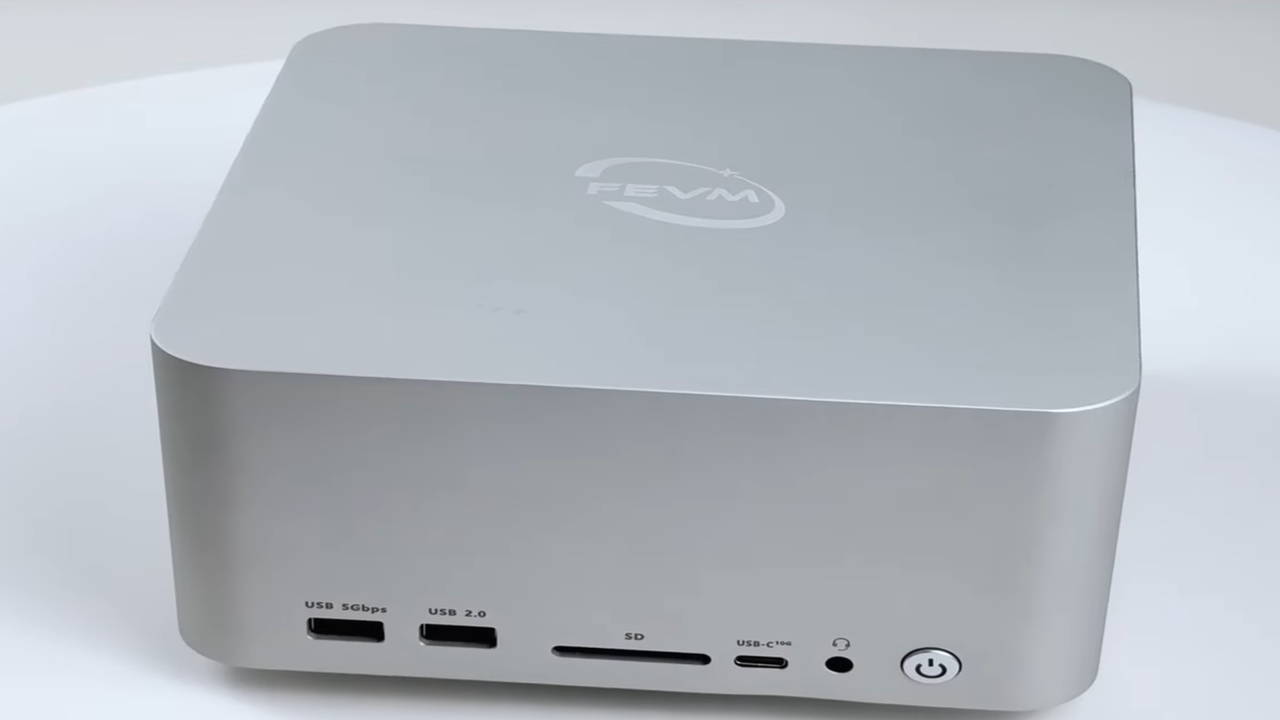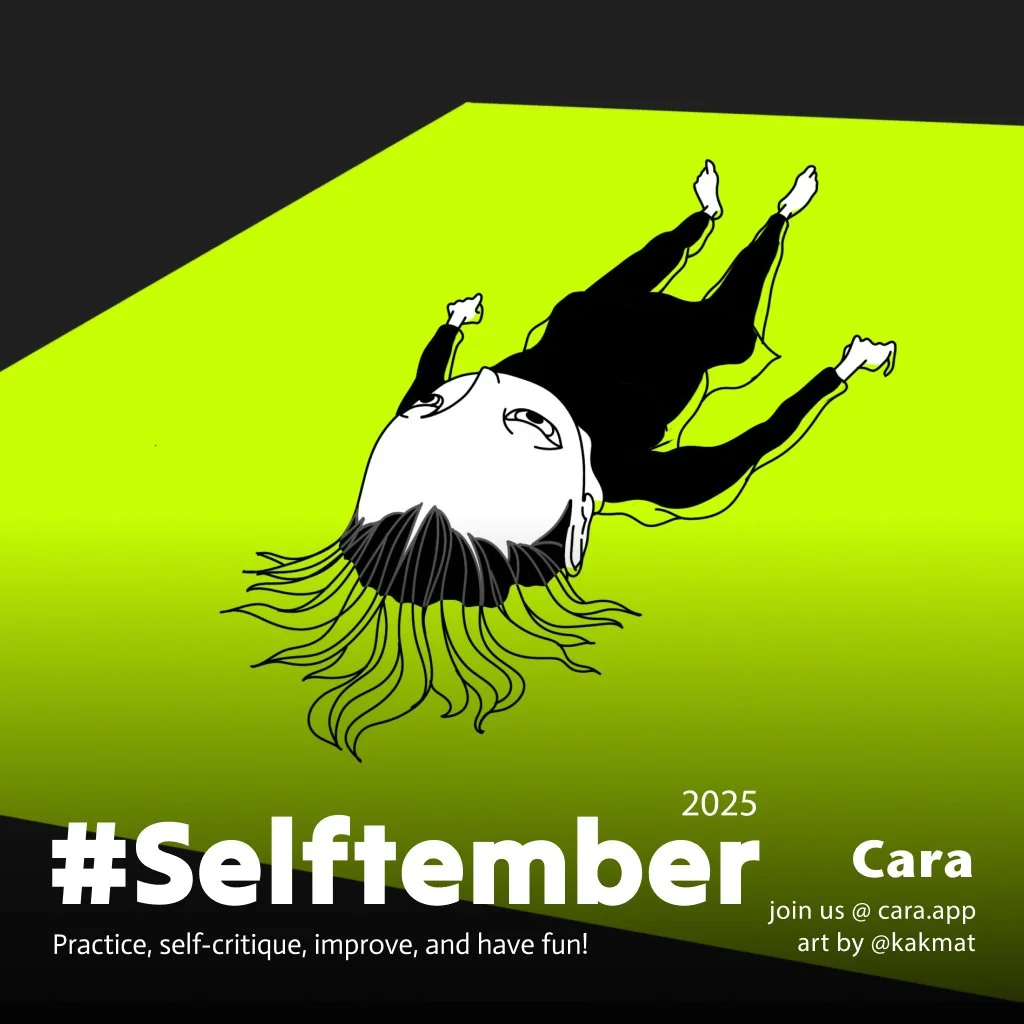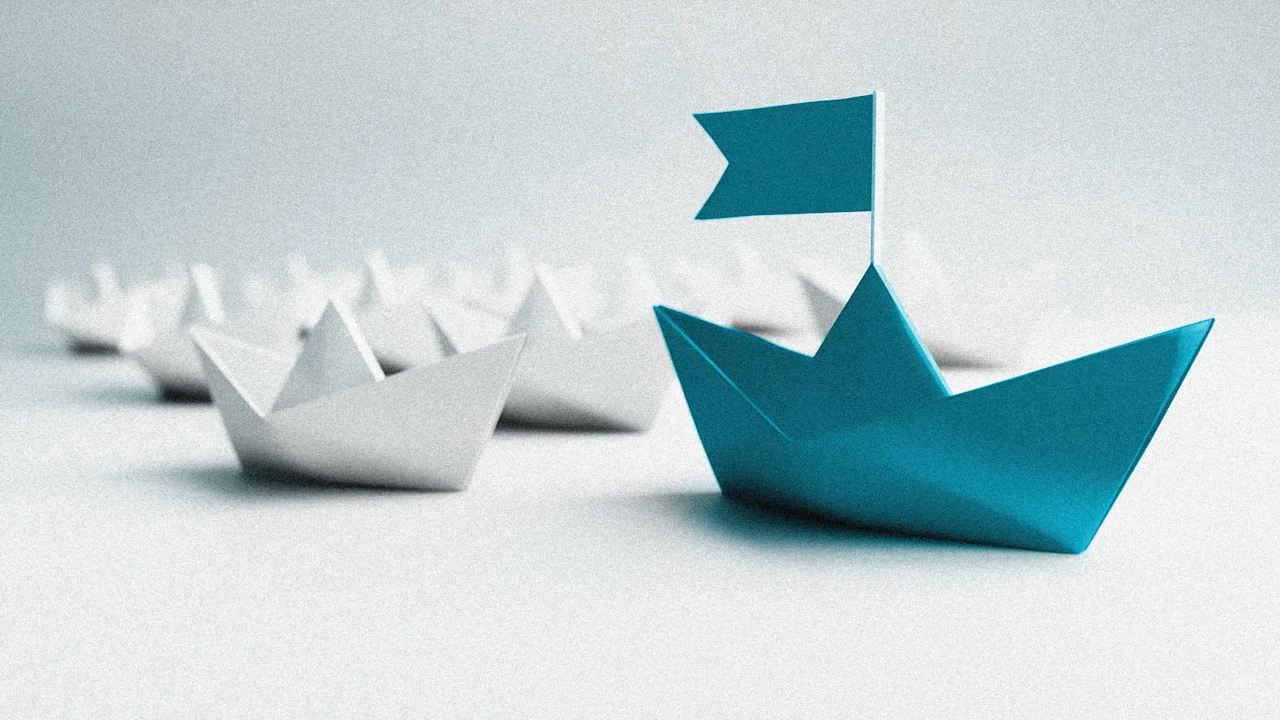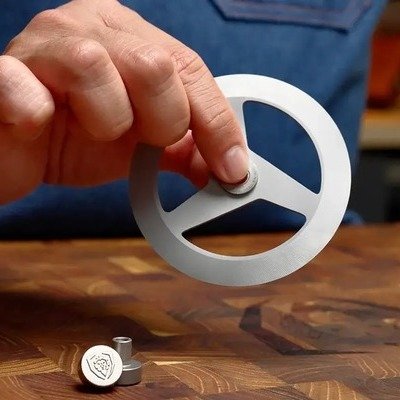
The Best TV Deals Right Now
lifehacker.com
We may earn a commission from links on this page. Deal pricing and availability subject to change after time of publication.Did you know you can customize Google to filter out garbage?Take these stepsfor better search results, includingadding Lifehacker as a preferred source for tech news.Getting the right TV is an art. You need to know whether you need a QLED or OLED in your living room, or perhaps you're just looking for a budget LED to stick in a basement to keep up with your shows while doing some work. Regardless of what you get, getting a TV at a bargain is a win we all need. I've rounded up the best TV deals I could find, whether you need a high-end TV, a mid-tier TV, or something more affordable.Best budget TV dealsRoku is maybe one of the best brands to buy a TV for cheap right now. The Roku 75" Class Plus Series QLED TV is 4K, supports Dolby Vision, has a 60Hz refresh rate, and comes with Roku's snappy operating system built in. You can get this massive TV for $499.99 (originally $899.99), the lowest price I've seen it. Roku - 75" Class Plus Series QLED 4K Smart RokuTV $499.99 at Best Buy $899.99 Save $400.00 Get Deal Get Deal $499.99 at Best Buy $899.99 Save $400.00 Another budget TV deal:TCL 75-Inch Class QM6K Series $799.99 (originally $999.99): I've been lucky enough to test TCL's new QM6K QLED TV firsthand for a couple of months. It's hard to believe it's considered a budget TV, considering how good it is. Best mid-tier TV dealsRight now, the 65-inch, 75-inch, and 85-inch QM7K are marked down 40%, bringing their prices down to $897.99, $1,197.99, and $1,499.99, respectively. All of them are at the lowest prices they have ever been, according to price-tracking tools. The highlights for these include a bright panel (great for sunlit rooms), plus deep blacks and almost no light bloom, giving it that premium picture quality. Gamers will appreciate the 144 Hz native refresh rate and 288 Hz support panel with VRR and AMD FreeSync Premium Pro, making it a smooth viewing experience. Since it's a Google TV, it has hands-free Google Assistant and Google Cast, which makes streaming almost anything from your phone or computer a breeze. It can also do the same for iPhones with AirPlay. If you're a color stickler, you might notice that the colors run a little warmer out of the box, according to PCMag's "excellent" review, but that's something you can edit easily in the picture settings. TCL 85-Inch Class QM7K Series QD-Mini LED 4K UHD Google Smart TV QLED, 144hz, 288hz Gaming Rate, Anti-Reflective Screen, Bang & Olufsen Audio, Atmos (85QM7K, 2025) $1,499.99 at Amazon $2,499.99 Save $1,000.00 Get Deal Get Deal $1,499.99 at Amazon $2,499.99 Save $1,000.00 Other mid-tier TV deals:If you're looking for a truly massive TV, consider the Hisense 98" Class QD5, a QLED TV currently going for $1,497.99 (originally $2,298), the lowest price since its release earlier this year. It has my favorite OS, Google TV, which lets you cast your phone or computer seamlessly. It also has a native 144Hz refresh rate with AMD FreeSync Premium, so gaming will be smooth. The Dolby Vision Atmos and HDR 10+ support will make movie nights pop.The Sony BRAVIA 5 is the mid-tier TV from Sony's 2025 LED TV lineup, with a decent amount of dimming zones and the Mini LED backlight technology that makes it look crisp and bright. It comes with Google TV OS, supports Dolby Vision, and has good brightness on SDR content; just be careful with glare from reflections, since it'll make viewing a challenge. You can get the 65-inch version for $1,198 (originally $1,499.99).Best high-end TV dealsSamsung's The Frame TV has a Pro version, with a 4K Mini LED screen for greater contrast and brightness. The connector box is completely wireless, so the only TV cable you'll need to worry about is the power cord, which fits flush behind the TV mount. You can get the Samsung 65-Inch The Frame Pro TV for $1,798 at Amazon(was $2,198), the lowest price it has been. The specs inside are solid, but the main draw is its matte screen that can be framed with bezels to make it look like a large painting when its not in use. Samsung 65-Inch Class The Frame Pro NQ4 AI Gen3 Processor, Art Mode, Samsung Vision AI, Alexa Built-in $1,797.99 at Amazon $2,197.99 Save $400.00 Get Deal Get Deal $1,797.99 at Amazon $2,197.99 Save $400.00 Other high-end TV deals:Hisense 100" Class U8 Mini-LED ULED 4K UHD Google Smart TV $3,539.96 (originally $6,999.99): The Hisense U8QG was released in April of this year. It's a solid, well-rounded TV that will work great in bright rooms and excels for watching sports, playing video games, and movies. The brightness, black levels, and colors are its most impressive specs. LG C5 55-inch $1,396.99 (originally $1,799.99): For those looking to splurge on an OLED TV, the 55-inch LG C5 is a great choice; the 65-inch model is also discounted, to $1,496.99 (originally $2,696.99). This OLED came out this year and it's impressive to already see it with such a steep discount. It has excellent image quality like you'd expect from any OLED, has great gaming specs, and the contrast looks great even in bright rooms, according to CNET's review. Our Best Editor-Vetted Tech Deals Right Now Apple AirPods Pro 2 Noise Cancelling Wireless Earbuds $199.00 (List Price $249.00) Samsung Galaxy S25 Edge 256GB Unlocked AI Phone (Titanium JetBlack) $699.99 (List Price $1,099.99) Apple iPad 11" 128GB A16 WiFi Tablet (Blue, 2025) $299.00 (List Price $349.00) Roku Streaming Stick Plus $29.00 (List Price $39.99) Sonos Era 300 Black - Wireless $359.00 (List Price $449.00) Deals are selected by our commerce team
0 Commentarios
·0 Acciones












